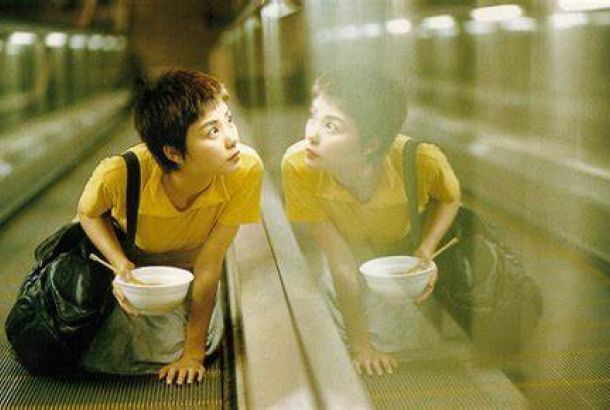The Revenge of Tarantino
In the last decade Quentin Tarantino has had an undeniable fetish with the concept of the revenge fantasy. Kill Bill: Volume 1 and 2 (2003-4) are, in essence, revenge films, where Uma Thurman tracks down every person responsible for the massacre at her wedding party and enacts incredibly brutal and entertaining justice.
Tarantino’s lesser-known Death Proof ‘s (2007) explodes with the tagline ‘buckle up for a crash course in revenge’ as we follow an ex-stuntman who, murdering young women in staged car accidents, finally becomes hunted by those he is stalking.
Inglourious Basterds (2009) creates an historical fantasy world where we can see Hitler and the Nazis comically degraded and suffer brutally at the hands of American soldiers and Jewish civilians, the very epitome of a revenge fantasy.
It certainly makes sense for Tarantino to have maintained this winning formula of recent years. His films rarely lack in striking and colourful violence, and the sweet sense of justice that is always achieved by the end of these films emotionally satisfies, allowing us to exalt in their brutal killings.
Now this winter brings us Tarantino’s seventh feature film Django Unchained, which looks to follow strongly in suit of this theme, particularly with the historical vengeance of Inglourious Basterds. Set in an America before the emancipation of slavery, it follows Django, a slave turned bounty hunter attempting to rescue his wife from the yoke of a brutal Mississippi plantation owner.
Slavery is the greatest injustice in America’s history and it feels perfectly fitting, conscious or not, that Tarantino has built up his revenge fantasies to this. With the fiery Jamie Foxx taking the role of Django the slave, and an exciting supporting cast of both Tarantino regulars (Samuel L. Jackson, Christoph Waltz) and newcomers (Leonardo Di Caprio, Kerry Washington), it does look like all the right buttons are being pressed – the trailer shows us Foxx energetically whipping what could only be a slave master.
It would be nice though, after this release, to see Tarantino put the revenge fantasies to one side and return to the colourful LA backstreet setting where the unique complexities of Reservoir Dogs (1992), Pulp Fiction (1994) and Jackie Brown (1997) thrived.
Yes these films reveled in graphic violence, and even the sweet revenge fantasy (think back room pawn shop scene, where Mr. Wallace is about to go ‘medieval’ on their asses), but this stood as secondary to a hilarious script, interesting characters, and innovative structure and form.
Of course you can argue these last ten years of Tarantino has provided us with highly entertaining films, so why change a good thing? But I think few would dispute that Pulp Fiction and Reservoir Dogs is why, twenty years on, ‘a Quentin Tarantino film’ still has the ability to pack out theatres worldwide.







